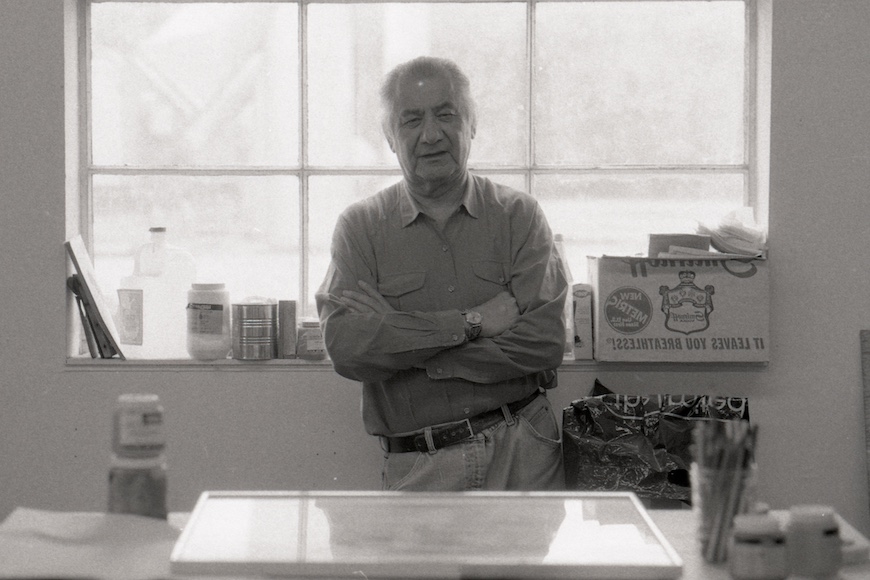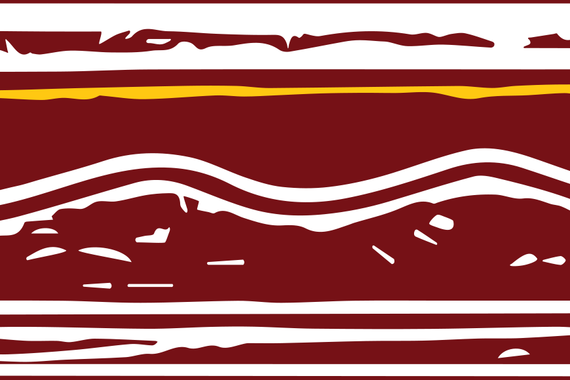George Morrison Center for Indigenous Arts

The George Morrison Center for Indigenous Arts is an interdepartmental study center that supports the creation, presentation, and interpretation of Indigenous art in all its forms.
Named in honor of Grand Portage Ojibwe artist and UMN faculty member George Morrison (1919–2000), the center is a collaboration between the Department of American Indian Studies and the Department of Art, with initial funding from the College of Liberal Arts. Taking a broad definition of the arts, we act as an incubator for scholarship, advocacy, and engagement, working across disciplines and departments to develop a wide range of programming.
Current Programs

January 16 – March 16, 2024
Our programming begins in January 2024 with the group exhibition Dreaming Our Futures: Ojibwe and Očhéthi Šakówiŋ Artists and Knowledge Keepers, featuring the work of 29 mid-century and contemporary Indigenous American artists at the Katherine E. Nash Gallery. The exhibition is co-curated by Northrop Professor of American Studies Brenda J. Child (Red Lake Ojibwe) and Katherine E. Nash Gallery Director Howard Oransky.
About George Morrison
To George Morrison, the horizon of Lake Superior was "like the edge of the world." After an art career at the center of the Abstract Expressionist movement in New York City and a faculty appointment at the Rhode Island School of Design, he came home to Gichigamiing. Morrison was hired at the University of Minnesota in 1970 with a one-year dual appointment in American Indian Studies and Studio Art. He then obtained a permanent, full-time appointment as Associate Professor of Studio Art (later promoted to full professor) and continued his career in the Department of Art until 1983. Morrison witnessed the early founding of both the Department of American Indian Studies and the American Indian Movement.
Focused on making monumental collages, his 94-foot-wide Turning the Feather Around (1974) was made for the exterior of the new American Indian Center on Franklin Avenue. Red Totem I (1977) went to the Minneapolis Institute of Arts, and the wood collage of the Mississippi landscape The River (1983) was commissioned by the University's Law School. At Grand Portage and until the end of his life, Morrison produced hundreds of paintings, including many with his personal symbol of the horizon line of Gichigamiing in every season.
“We need to acknowledge that George Morrison is a major figure in the history of American art, not just Indigenous Peoples’ art or as one of our local folks who had done well,” says Professor Child, “and we need to celebrate that at the University of Minnesota.”

Designed by Mille Lacs Ojibwe artist Steven Premo, the logo for the George Morrison Center for Indigenous Arts was inspired by Morrison's wood collage of the Mississippi River on view at the University of Minnesota Law School.
Contact
Brenda J. Child (Red Lake Ojibwe)
Northrop Professor of American Studies, University of Minnesota
child011@umn.edu